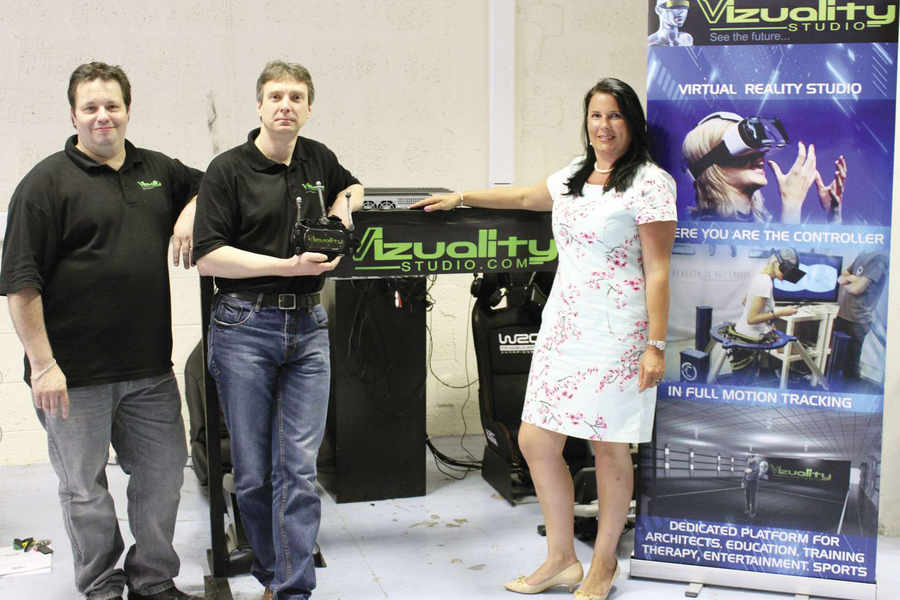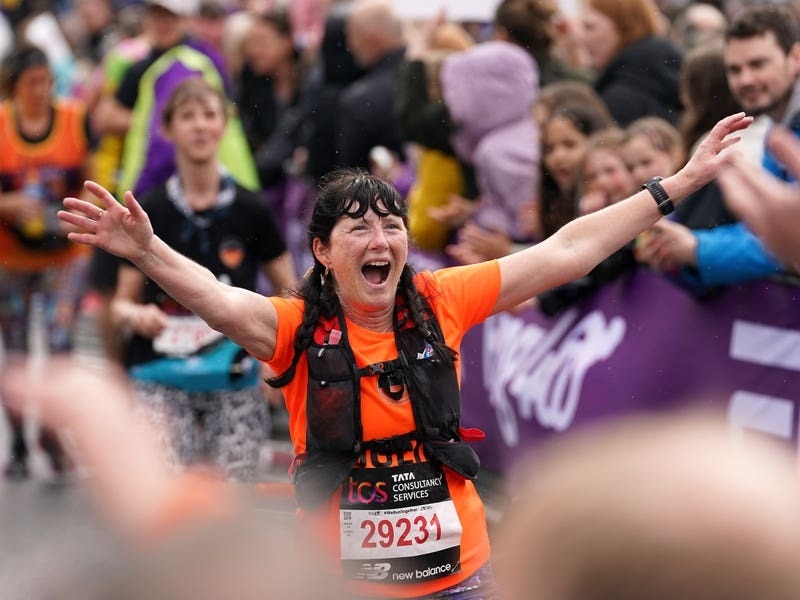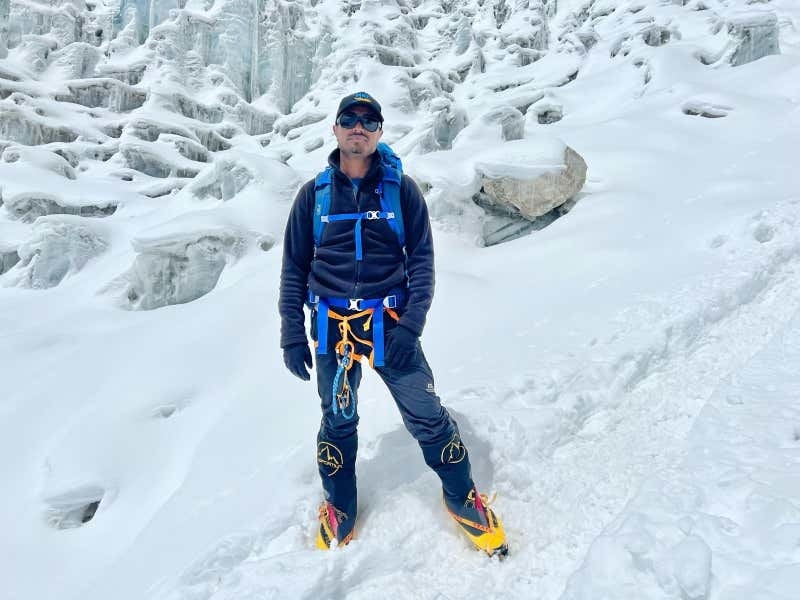AS a sci-fi film buff, I thought I knew the score when it came to virtual reality: namely, don’t trust it.
After all, if the likes of Inception, The Matrix and Johnny Mnemonic have taught me anything, it’s that virtual reality results in the dangerous blurring of realities and lots of bad acting from Keanu Reeves.
So I was rather apprehensive as I arrived at Vizuality Studio’s temporary headquarters in St Peter; more so in light of the company’s mad scientist-like claim that ‘If you can think it, we can create it’, a line that had me suppressing the urge to bellow: ‘You’re meddling with powers you can’t possibly comprehend.’
Thankfully, company co-founder Phil Morris immediately put my overly imaginative mind at rest. ‘It’s not a case of virtual reality replacing the real world,’ he explained. ‘It’s there to complement it.’ Phew!
Technical director Phil and co-founder/co-director/lead software developer Fred Meyer (who even has a 3D business card) first set up Vizuality Studio in 2014 following the worldwide resurgence of virtual reality. Despite its relative infancy, the duo’s Jersey-based company is already making waves – both hypothetical and digital.
‘Before, virtual reality was only really used by the likes of NASA,’ said Fred. ‘It was too expensive to be used elsewhere.’
The emergence of virtual reality as something more commercially viable came about with the creation of the Oculus Rift – a name that may well summon images of an evil Transformer but which is in fact a state-of-the-art virtual reality headset.
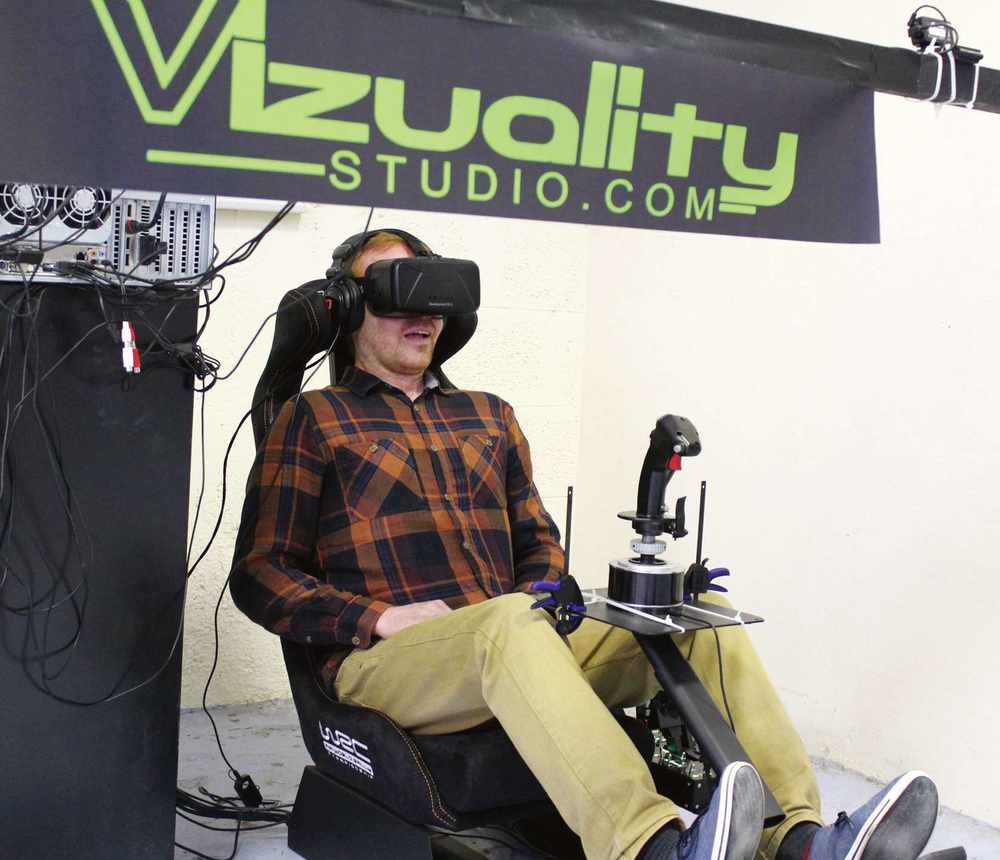
‘The Oculus Rift was created by a 19-year-old Californian called Palmer Luckey,’ said Fred. ‘He creating his first prototype at the age of 18 at home in his garage, and then set up a Kickstarter campaign with the hope of raising $250,000 to help further develop his prototype.’
However, in keeping with his surname, Luckey ended up raising over $2 million.
‘The Oculus Rift has since been acquired by Facebook’s Mark Zuckerberg for $2 billion,’ marvelled Phil.
Described as ‘the first really professional PC-based virtual reality headset’, the Rift, as it is known, is a truly ground-breaking creation. It isn’t, however, flawless.
‘Users sometimes experience motion sickness, similar to being on a boat,’ said Fred. ‘With virtual reality, you should be totally immersed in another world – but if you’re seated and can’t respond to what you see and feel, the brain can struggle to adjust.’
A two-minute try-out in one of Vizuality’s simulators does indeed leave me off-balance and nauseous, although as the simulator in question recreates a rollercoaster ride – replete with stomach-turningly authentic twists, turns, dips and loops – it could be argued that, if anything, it did its job almost too well.
Effective and enjoyable though such simulations are, Phil and Fred were keen to take things a step further, literally.
‘We realised that if people were able to walk freely in their virtual world, this would eradicate the motion sickness,’ said Phil, ‘so we devised our own wireless headset, without any cables.’
The result is a full-motion tracking studio incorporating eight cameras that track users as they move around within a virtual reality world.
‘It’s a case of convincing the brain that you’re doing something you’re not,’ explained Phil. ‘The more you can interact with the virtual environment, and the more freedom of movement you’re allowed, the more realistic the experience becomes.’
They’re not kidding. Donning the wireless Vizuality Studio headset, I find myself wandering around a dinosaur-filled Jurassic Park-like enclosure filled with rampaging T-rexes, flying pterodactyls and prehistoric sound effects.
‘We’re currently working on making the experience even more immersive,’ said Fred. ‘Users will have motion sensors on their hands which will enable them to pick things up. So for instance you and I could both be holding cardboard tubes, but wearing the headsets they’d become light sabres, so we could then become Luke Skywalker and Darth Vadar and have a virtual swordfight.’
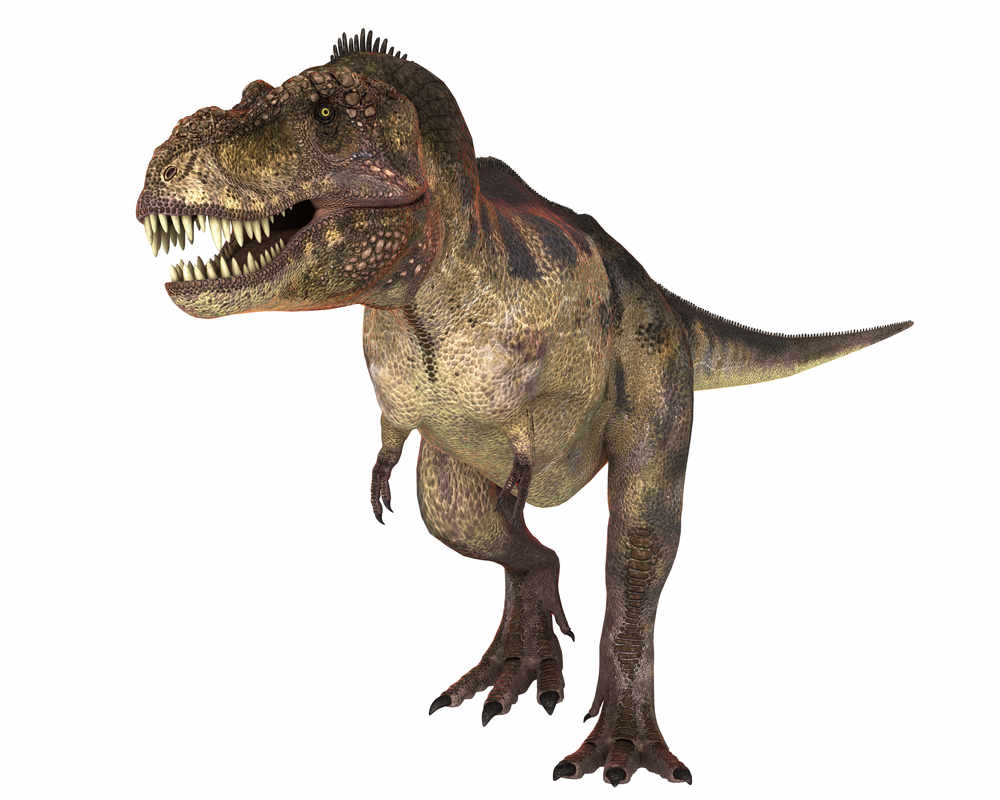
Other virtual environments available include The Crypt and the self-explanatory Vertigo, which offers height-phobic users an opportunity to combat their fear minus the risk of actually falling off anything.
As Vizuality Studio’s sales and marketing director Melanie Seal says: ‘That’s one of the benefits of virtual reality. It can really help people to overcome their fears and phobias, such as arachnophobia.’
Additional opportunities made possible by the interactive software are more business-minded, as a stroll through an as-yet-unbuilt virtual apartment demonstrates.
‘It allows you to enter and browse a flat or a house before it’s even been built,’ says Melanie. ‘It’s a real opportunity for architects and potential buyers alike.’
And for anyone wary of entering into Vizuality Studio’s virtual landscapes, fear not. I’m as technophobic as they come – and I enjoyed every minute.
‘It’s just a case of educating people,’ concluded Phil. ‘After all, ten years ago people didn’t use mobile phones. Now, people can’t live without them.’

